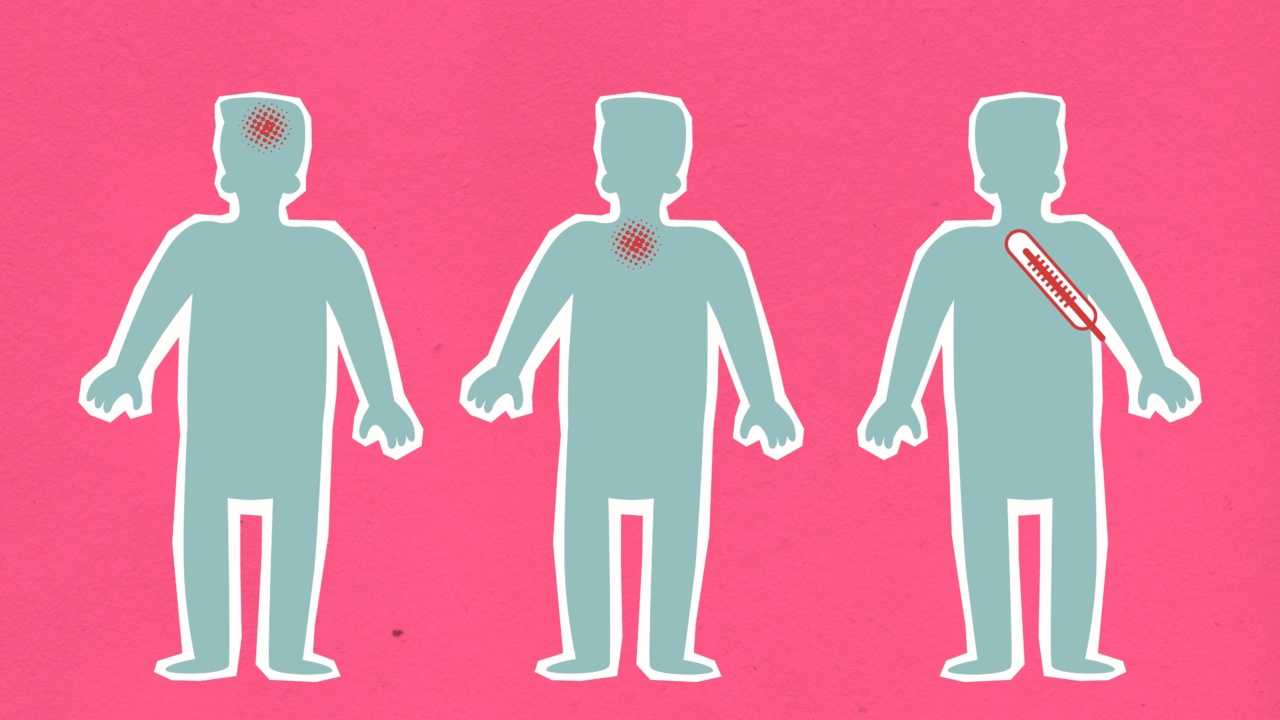Parkinson’s disease is a neurodegenerative disorder that affects movement control. It is a chronic and progressive condition that typically worsens over time.
While the exact cause of Parkinson’s disease is still unknown, it is believed to involve a combination of genetic and environmental factors.
1. Tremors and Shaking
One of the most common symptoms of Parkinson’s disease is tremors or shaking. These involuntary movements usually begin in one hand or arm and can eventually affect both sides of the body.
Tremors often occur when the body is at rest and may worsen with stress or anxiety.
2. Slowed Movement (Bradykinesia)
Individuals with Parkinson’s disease often experience slowed movement, also known as bradykinesia. Everyday tasks like walking, getting dressed, or even speaking may become difficult and take longer than usual.
This symptom can progress to the point where it severely impacts a person’s ability to perform basic activities of daily living.
3. Muscle Stiffness
Rigidity or muscle stiffness is another typical sign of Parkinson’s disease. This stiffness can affect any part of the body and may make it challenging to initiate or control movements.
People often describe this sensation as muscle tightness or resistance when trying to move.
4. Impaired Balance and Coordination
Parkinson’s disease can lead to problems with balance and coordination. Individuals may experience difficulty when trying to maintain their balance or perform tasks that require precise movements, such as writing or buttoning a shirt.
This symptom increases the risk of falls, which can result in injuries.
5. Changes in Speech and Writing
As Parkinson’s disease progresses, it often affects speech and writing abilities. People with the condition may speak softly, slur their words, or have a monotone voice. Writing may also become smaller and more challenging to read.
6. Loss of Smell
Some individuals with Parkinson’s disease experience a loss of smell, a condition known as hyposmia. This symptom can occur years before other manifestations of the disease and may be one of the early warning signs.
It is essential to note that not all individuals with a loss of smell will develop Parkinson’s disease.
7. Sleep Disturbances
Parkinson’s disease can disrupt normal sleep patterns. Many people with the condition experience difficulties falling asleep or staying asleep throughout the night.
Rapid eye movement sleep behavior disorder (RBD), characterized by acting out dreams, is also commonly associated with Parkinson’s disease.
8. Mood Changes
Mood changes, including depression and anxiety, are prevalent in Parkinson’s disease. These changes can be both a result of the condition itself and the emotional impact of living with a chronic illness.
Managing mood disorders is an essential aspect of comprehensive care for individuals with Parkinson’s.
9. Cognitive Decline
While Parkinson’s disease primarily affects movement, cognitive decline and dementia can also occur in some cases. Individuals may experience difficulties with memory, attention, and problem-solving.
These cognitive impairments can affect daily functioning and quality of life.
10. Postural Instability
As Parkinson’s disease progresses, individuals may develop postural instability, which makes it challenging to maintain an upright posture. This symptom increases the risk of falls and injuries.
In Conclusion
Parkinson’s disease is a progressive neurodegenerative disorder that affects movement control.
Although it primarily manifests through motor symptoms like tremors, slowed movement, and muscle stiffness, the condition can also impact non-motor functions like mood, sleep, and cognition. If you or a loved one is experiencing any of these symptoms, it is important to consult a healthcare professional for a proper evaluation and diagnosis.






























